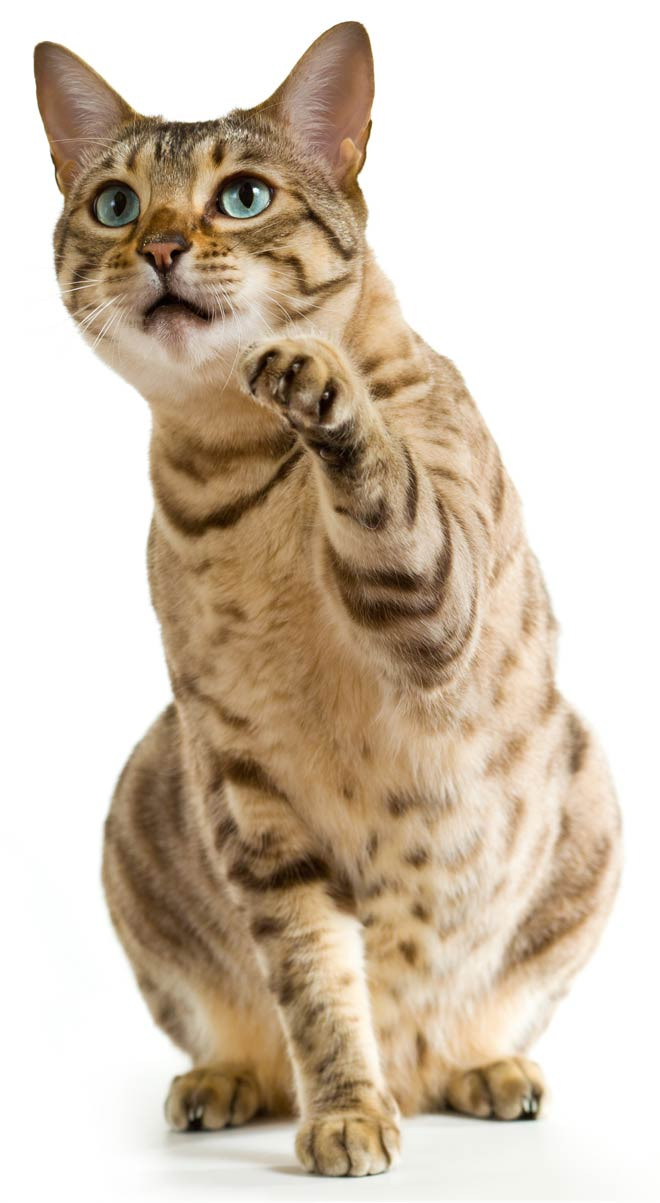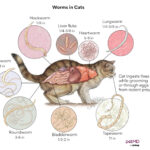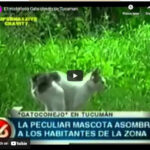 Soft Paws are cheaper and faster at solving problem cat scratching than declawing.
Soft Paws are cheaper and faster at solving problem cat scratching than declawing.
Are you searching for “Declawing Cats Near Me” because your feline friend’s scratching is causing havoc in your home? Many cat owners reach a point where they are desperate for a solution to persistent scratching. It’s understandable to look for quick fixes, and declawing might seem like a permanent answer. However, before you schedule that declaw surgery, it’s crucial to understand what declawing truly entails and explore kinder, more effective alternatives that can be implemented right in your neighborhood.
You’re not alone if you’re concerned about cat scratching. Property damage is a major frustration, and finding an affordable, fast resolution is a priority. This often leads cat owners to consider declawing. Perhaps you’ve already booked a declawing appointment, but something has given you pause. Maybe you’ve heard about the humane concerns and are now questioning if declawing is the right choice for your beloved pet. Let’s delve into what declawing really is and why alternatives like Soft Paws® offer a superior solution, both for your cat and your peace of mind.
Understanding Declawing: More Than Just a Nail Trim
Declawing is far from a simple nail trim or claw removal. It’s a serious surgical procedure involving ten separate amputations – that’s right, amputation. If rear claws are also removed, this number jumps to eighteen. To permanently prevent claw regrowth, the tissue from which the claw originates must be completely excised. This necessitates amputating each of your cat’s toes at the first joint.
Imagine the pain of ten individual amputations all at once. For cats, declawing is an intensely painful procedure, comparable to a human having the tips of their fingers surgically removed. Adding to this agony, cats are digitigrade animals. Unlike humans who walk on their soles (plantigrade), cats walk on their toes. This means immediately after surgery, they must bear their full weight on these fresh amputation sites, amplifying their discomfort with every step.
Beyond the immediate pain, declawing carries significant risks of complications. With ten surgical wounds, typically closed with glue or sutures, the potential for problems is high:
- Surgical Site Dehiscence: It’s common for declaw incisions to reopen. Cats are constantly using their paws, placing weight on the healing sites, which can cause the incisions to split. This often requires further surgery, bandaging, confinement, and repeated bandage changes until complete healing occurs.
- Infection: Cats walk on their paws and use litter boxes, exposing the surgical sites to potential contaminants. Infection is a frequent complication following declaw surgery, requiring additional veterinary care and medication.
- Abnormal Claw Regrowth: If the nail bed is not entirely removed during surgery, claws can regrow. These regrown claws are often deformed and can grow through the skin that was surgically closed, causing pain and requiring further intervention.
- Litter Box Avoidance: This is a widespread and often underdiagnosed consequence of declawing. The pain associated with declawing can lead cats to associate pain with the litter box itself, resulting in avoidance and inappropriate urination elsewhere in the house. Stress from the pain of declawing can also contribute to this issue. The costs of dealing with litter box avoidance – cleaning supplies, furniture replacement – add to the already significant expense of declawing.
- Chronic Pain and Arthritis: Many declawed cats experience chronic pain long after the initial surgery. Furthermore, early-onset arthritis in the toes is a common long-term complication, hindering a cat’s ability to jump, climb, and play normally. Declawing can significantly diminish a cat’s quality of life and increase long-term pet care costs related to pain management and arthritis treatment.
Declawing: Not a Quick, Affordable, or Humane Solution
As you can see, declawing is far from a cheap and easy solution to cat scratching. The initial surgical cost is just the beginning. You are highly likely to incur additional expenses dealing with both short-term and long-term complications arising from the procedure.
More importantly, declawing is inhumane. It inflicts significant pain on your cat without any benefit to their well-being. It’s a major surgery performed under general anesthesia, which itself carries inherent risks, including anesthetic-related death. Choosing declawing is choosing a painful procedure that can lead to a cascade of negative health and behavioral issues for your cat.
Soft Paws®: A Humane, Affordable, and Fast Scratching Solution
Fortunately, there’s a truly inexpensive and fast way to protect your home from cat scratching: Soft Paws® claw caps. Unlike declawing, Soft Paws® are humane, pain-free, and easy to apply.
Applying Soft Paws® takes a bit of practice initially, both for you and your cat. However, most cats adapt to wearing them remarkably well. Within minutes of application, you’ll have significantly reduced or eliminated scratching damage throughout your home.
And the cost is incredibly reasonable. For around $19.95, you receive 40 claw caps, along with adhesive and applicator tips. If you only apply caps to your cat’s front claws, one package can last for up to four applications. Since each application typically lasts 4-6 weeks, a single package can provide scratch protection for 4-6 months. This translates to a cost of just $0.83 to $1.24 per week!
The longevity of each Soft Paws® application may vary depending on your cat and may be shorter initially as you and your cat adjust to the process. However, with practice and acclimation, 4-6 weeks per set is a typical timeframe.
If you find applying claw caps challenging, don’t worry! Many groomers, veterinarians, and mobile vet services in your area can apply Soft Paws® for a reasonable fee. Just check with local pet professionals to find someone near you who offers this service.
Before you proceed with a declaw appointment, consider canceling it and trying Soft Paws® instead. It’s a compassionate choice that protects both your cat’s well-being and your home. Your cat will thank you for choosing a pain-free, humane solution.


